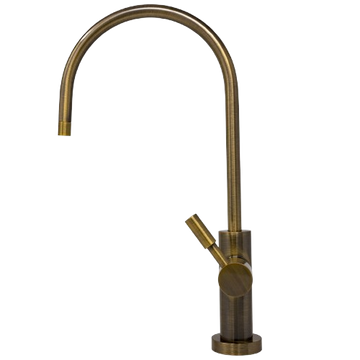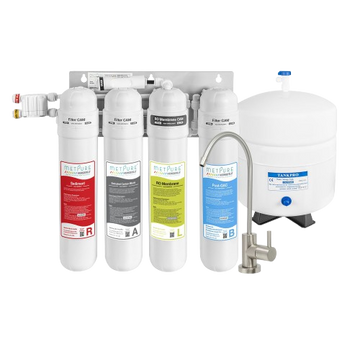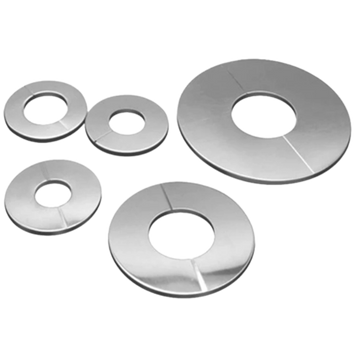One common household annoyance is dealing with a running or blocked toilet. But, if you have the appropriate methods and information, you may confidently and successfully handle these plumbing problems. This article will teach you how to fix a running toilet and fix recurring running problems, giving you the do-it-yourself knowledge and abilities needed to keep your bathroom in good working order.
Knowing How to Use a Running Toilet
Effective problem resolution with a broken toilet requires an understanding of its subtleties. Continued water flow, trickling sounds, or continuous water entry into the bowl after flushing are common signs of a running toilet. These symptoms could point to deeper problems with the fill valve, flush mechanism, or other internal parts. Addressing a persistent issue, learn effective solutions on how to fix a toilet that keeps running for a smoothly functioning bathroom.
How to Diagnose a Running Toilet
To solve a running toilet effectively, methodical troubleshooting is required:
- Check the Flush Mechanism: A misaligned or faulty flush mechanism can cause a running toilet. Ensure the flush handle and internal components within the tank are properly aligned and functioning.
- Inspect the Fill Valve: A malfunctioning fill valve often leads to a constantly running toilet. Regularly check and maintain the fill valve to prevent water wastage and potential leaks.

Common Causes of a Running Toilet and Preventive Measures
Causes of a Running Toilet:
Faulty Flapper: A worn-out or improperly seated flapper can leak water from the tank to the bowl, causing a running toilet.
Improper Chain Length: If the chain connecting the flapper to the flush handle is too long or short, it can interfere with the proper closure of the flapper, leading to continuous water flow.
Faulty Fill Valve: A malfunctioning fill valve may not shut off properly, causing water to continually flow into the tank, resulting in a running toilet.
Mineral Buildup: Mineral deposits or sediment accumulation in the tank's components can hinder their proper functioning, leading to water leakage and a running toilet.
Preventive Measures to Avoid a Running Toilet
- Regular Maintenance: Periodically inspect and clean the toilet's internal components. Ensure the flapper is in good condition and properly seated, the chain is correctly adjusted, and there are no obstructions or mineral deposits in the tank.
- Avoid Flushing Non-Flushable Items: Discourage flushing non-flushable items like wipes, cotton balls, or sanitary products down the toilet, as they can cause blockages and lead to a running toilet.
- Use Toilet-Safe Products: Use toilet paper labeled septic-safe to prevent excess residue buildup in the plumbing system, reducing the chances of a running toilet.
- Timely Repairs: Address minor issues promptly to prevent them from escalating. Replace worn-out flappers or malfunctioning fill valves as soon as you notice any trouble.
- Educate Household Members: Inform everyone in the household about proper toilet usage. Please encourage them to avoid unnecessary flushing and report signs of a running toilet for timely repairs.
- Understanding the common causes of a running toilet and implementing these preventive measures can minimize this plumbing issue, ensuring a more efficient and trouble-free toilet operation in your household.
How to Plunge a Toilet: A Detailed Step-by-Step Guide
Essential Materials
Gather the following essentials before commencing the plunging process:
- Plunger: Opt for a toilet plunger featuring a flange for a better seal.
- Rubber Gloves: Protect your hands with rubber gloves.
- Old Towels or Newspapers: Lay them around the toilet base to prevent water spillage.
How to fix a toilet that runs:
Discover the step-by-step process to efficiently fix a persistently running toilet for a hassle-free bathroom.
Step 1: Prepare the Area
Before plunging, safeguard your bathroom floor by placing old towels or newspapers around the toilet base.
Step 2: Position the Plunger
Create a tight seal by placing the rubber end of the plunger over the drain opening at the bottom of the toilet bowl.
Step 3: Apply Plunging Pressure
Start by gently pushing the plunger to expel excess air, followed by a vigorous up-and-down pumping motion. This action creates pressure that dislodges the clog. Repeat this process multiple times.
Step 4: Check for Success
Flush the toilet to ensure the water drains smoothly. If successful, you have effectively cleared the clog.
How to fix a running toilet without a ball float: Learn alternative methods to rectify a running toilet without a ball float, ensuring seamless functionality.
How to fix a running toilet with a button flush: Master the techniques required to troubleshoot and fix a running toilet equipped with a button flush mechanism for uninterrupted operation.
Advanced Troubleshooting Techniques
Addressing a running toilet without a ball float or with a button flush requires specific attention:
- Focus on the fill valve and flush components. Adjust or replace these parts if they're causing the continuous running toilet issue.
- Examine the flush button assembly and internal components to ensure no blockages or malfunctions hinder the flush mechanism's proper functioning.
Additional Tips and Insights
1. Preventative Maintenance:
Regular maintenance, such as periodic checks on the toilet's internal components, avoiding flushing non-flushable items, and using septic-safe toilet paper, can prevent potential clogs and running toilet issues.
2. DIY Fixes Beyond Plunging:
A running toilet may sometimes require additional fixes like replacing a worn-out flapper, adjusting the chain or water level, or cleaning mineral deposits. DIY fixes can be effective with the right guidance and tools.
3. When to Call a Professional:
Consulting a certified plumber is advisable for persistent or complex issues beyond DIY troubleshooting. They possess the expertise and tools to tackle challenging toilet problems effectively.
4. Eco-Friendly Tips:
Consider eco-friendly options such as dual-flush toilets or water-saving devices that reduce water wastage and contribute to a greener household.
Conclusion:
Mastering the art of toilet plunging and troubleshooting a running toilet empowers you to address plumbing issues swiftly and efficiently. By following this comprehensive DIY guide, bid farewell to persistent toilet clogs and ensure a smoothly functioning bathroom. The ability to troubleshoot and address common toilet issues is an invaluable skill for every homeowner. With patience, knowledge, and the right techniques, you can maintain a smoothly functioning bathroom, ensuring convenience and comfort for your household.














